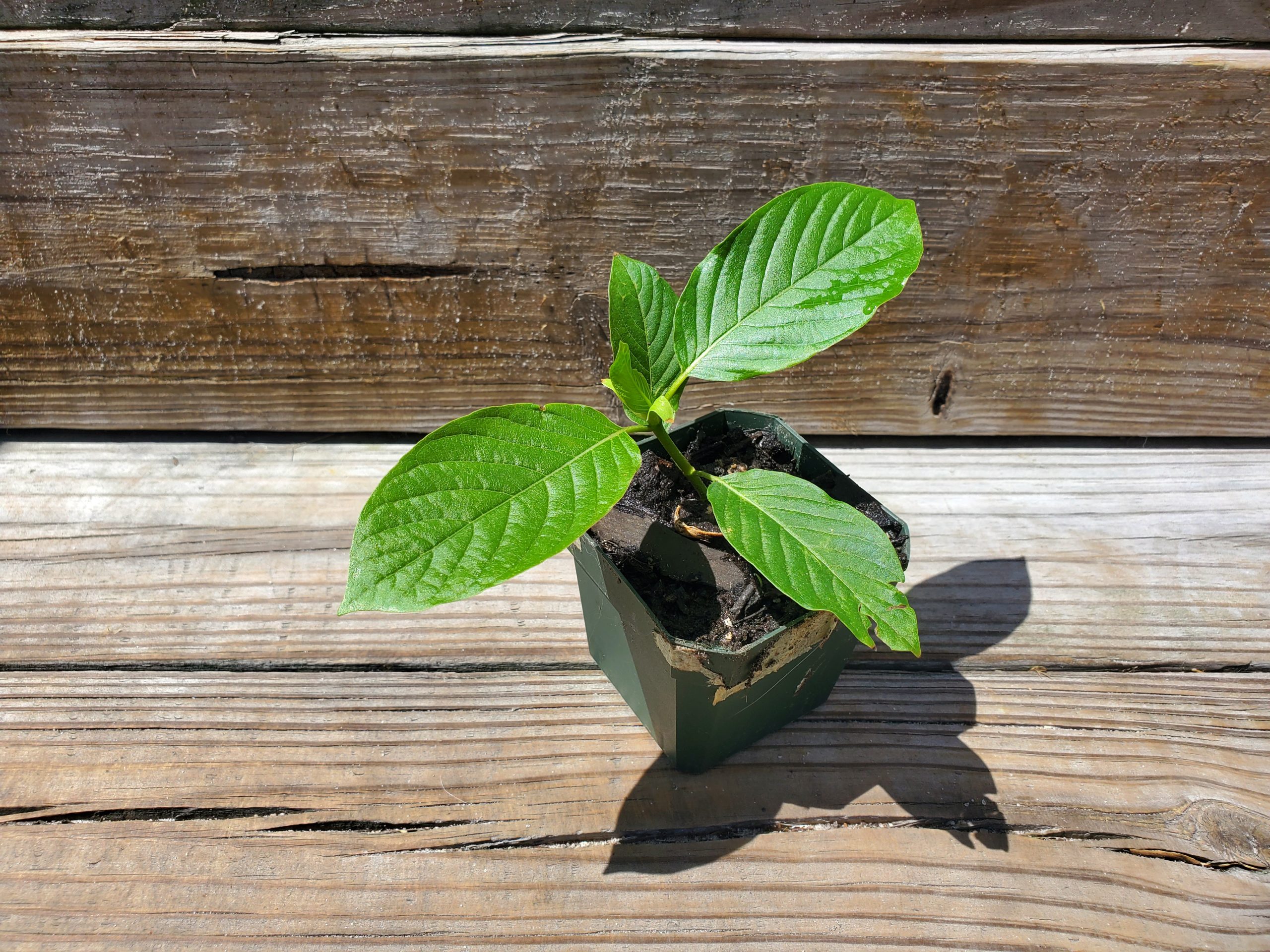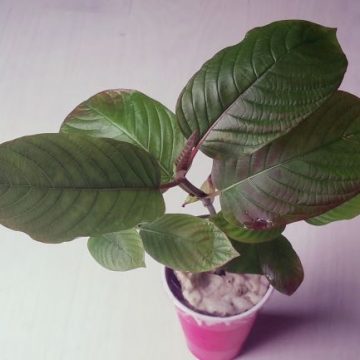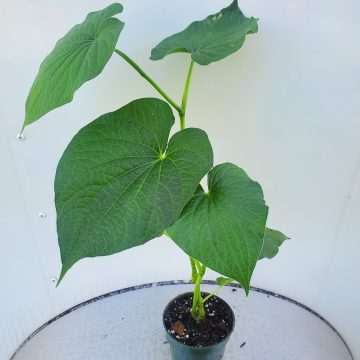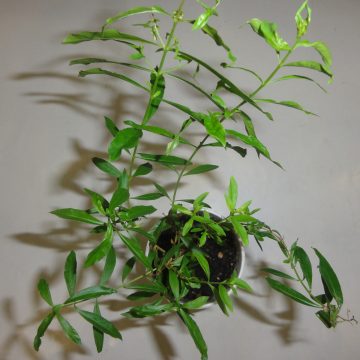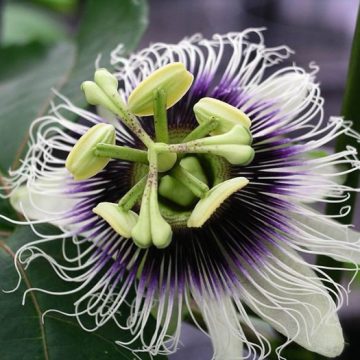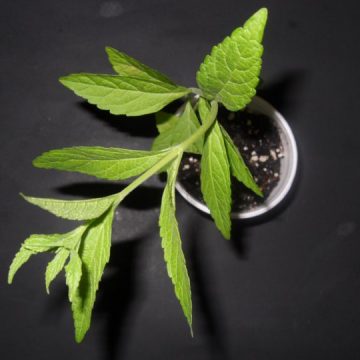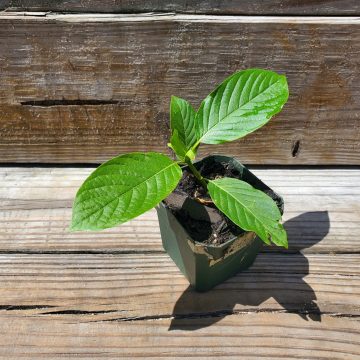Description
We offer live Indo kratom plants. Some people have called this strain, pink Indo, but that is misleading because kratom strains are no identified on the basis of vein color. That is more of a product of age and environment. But it derives from an Indonesian seed-grown plant, which has been reproduced via cloning. It is likely that there are more than one Indo kratom plant clones in existence, whereas Rofat and Bumblebee are very specific clones. But nonetheless, in the interest of offering as many genetics as possible, we are produce to add these to our catalog. This stock likely has fewer clones in existence. We also offer live Bumblebee and Rifat Kratom Plants!
Light Selection
When you first receive your kratom plant, your kratom plant will be small enough that it can survive under most supplemental lighting; its overall needs will still be low. As it grows, your kratom plant will require increasingly more light to feed each new leaf and inch of growth. Keeping up the momentum of these light needs will help the plant keep up its outward expansion. The more and better quality of light you provide, the more you may reap the rewards of vigorous growth of a happy kratom plant. Under ideal conditions, kratom is a fast grower. So while you may buy yourself some time initially by using the light you have available, you will have to decide how you want to invest in the future of your plant. This guide will help you choose.
A simple compact fluorescent (CFL) bulb, which are the spiral bulbs you commonly see, or a household LED, will work while the plant is still within the first foot or so. If you’re on a tight budget, this would keep it alive as it gets larger too. You are not absolutely forced into buying lights, but you might want to consider a plan to upgrade along the way. Choose something that is at least full spectrum or has more of a focus on the blue spectrum, since that is the spectrum responsible for vegetative growth. Red spectrums are best for flowering. Since you are not flowering kratom, you need only to focus on vegetative growth.
Bulbs classified as “daylight” or “cool” are typically highest in the blue spectrums. Household bulbs are the cheapest. But you can get much better results with something with a higher output of light and more specifically geared towards growing plants. Since the human eye focuses primarily on the light spectrums in the middle of the rainbow, household lighting may not cater to the “unseen” spectrums that plants rely on for photosynthesis and other metabolic processes. But if you buy household bulbs with a concentration on the blue spectrums, they will get you by until you decide to upgrade.
For many years, before lighting advancements and rising popularity of indoor growing, indoor growers frequently used fluorescent light tubes for growing plants. You can use them for multiple plants at once. Fluorescent lighting, specifically in the blue spectrum, is generally considered suitable for vegetative growth. It would be perfectly fine for growing healthy kratom plants. The tubes will give a higher output than standard bulbs, and you can connect them to the undersides of shelves for plants on the shelf below or hang them from a chain, so you can adjust the height according to the growth of the plant.
Fluorescent tubes come in different thicknesses. The most commonly used fluorescent tube for lighting is the T8, which is an inch in diameter. But T5’s are considered the most ideal for plants as they cover a wider area and produce more output for less energy. There is also a T5HO tube, which is even more efficient. Clearly, the more efficiency you have, the more you will save in electric bills, and the more your plant will benefit. But with that said, LED’s are the least expensive option to run.
LED efficiency has seemingly made it the light type of choice for the majority of indoor growing both recreationally and commercially. It makes discussing options such as high pressure sodium or metal halide in this guide virtually useless, except to say that they are more expensive options. The ballasts and setups for these bulbs and the electricity usage are much more costly. You might expect to pay about $60 to $200 for a basic LED setup geared towards growing plants. But if you want something really top of the line, we recommend Electric Sky LED GROW Lights. There are 2 models, including a more professional setup (ES300). You can get top results with these, and they end up paying for themselves as compared to other types of lighting. If you’re growing anything for business purposes, this is absolutely the best option. It might be a little expensive initially, but when you consider the energy savings and the fact that it is the most tailored towards growing plants, it is actually more economical. The setup for fluorescent lighting will probably be about $50 by the time you consider the cost of the tubes and the fixture. A more extensive system can be $200. But aside from higher energy costs, you have to replace the bulbs more often, especially if you leave them on for long periods of time. The bulbs can be a good part of the whole cost that you will have to spends over again. Fluorescents also contain mercury, which is hazardous to the environment, especially if the bulbs break in your home or office. LEDs tend to last a decade or more, even when on for half the day. They do not contain mercury, and their power usage is only a fraction of that of fluorescent lighting.
Now that you have an idea of the common forms of lighting available, you should be able to select the best option that meets your budget. The most efficient bulbs are those that use the least energy for the most output and do not need replacing as often. These benefit the environment as well. This is good for your wallet and good for the planet. While fluorescent and LED are both viable options for growing plants, LED’s, whether in a single household lightbulb or a full setup, provide not only better output, but they are cheaper to run and last longer. So in most cases, LED makes the most financial and environmental sense whether in your home or your grow space. But with some LED setups geared to aid flowering, just be sure the one you choose is focused most on the blue spectrum.

